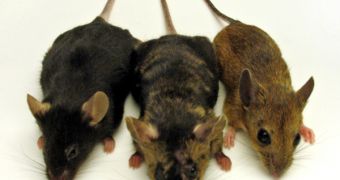A new arenavirus has been discovered in Africa, after it infected and killed several people since last September. Scientists aren't entirely sure if this strain is a mutant or simply a previously unknown one. The fact remains that no one has ever seen such a virus thus far, although doctors have constantly been running arenavirus screens on the population for the past three decades.
The first sign of the disease arose last year, when a middle-aged woman living near the Zambian capital Lusaka fell ill and was taken by helicopter to South Africa. Shortly after arriving, she died and was soon followed by the doctor and the nurse who accompanied her during the flight. Another nurse, who attended the sick doctor, is currently also severely ill and prognostics for her chances of survival are very slim. The symptoms exhibited by the four are very similar to those of the common flu, so it's very likely that the unidentified infected people could number in the tens or hundreds.
When taking into account the fact that medical assistance is scarce in most African countries and that the disease is lethal, it seems very unlikely that scientists could get a grip on the situation very soon. The perpetrator is a hemorrhagic virus, which can cause hemorrhagic fevers, or, in some strains, Lassa fever, which accounts for about 5,000 African deaths each year. Doctors, including virus expert Bob Swanepoel, former head of the NICD, are now trying to sequence the virus in a lab at the Centers for Disease Control (CDC) in Atlanta, so they can determine its exact origin and function.
Apparently, the virus spreads via a common farm pest, the multimammate mouse, which is sold in Europe as a pet for the eccentric. The future host needs to be in close proximity to the carrier of the virus in order for it to be transmitted, but that is very likely to occur in the miserable conditions in which a large portion of the African people live their daily lives.

 14 DAY TRIAL //
14 DAY TRIAL //